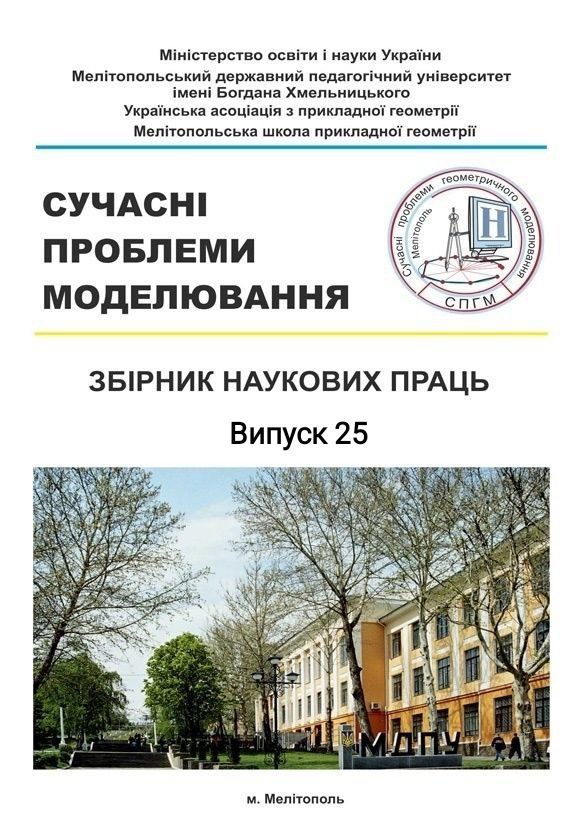ADAPTIVE HISTOGRAM STRETCHING TO IMPROVE IMAGE CONTRAST IN THE CONTEXT OF DANGEROUS AND EXPLOSIVE DEVICE DETECTION
Abstract
Adaptive histogram stretching is a powerful technique for improving image contrast. This technique allows you to adapt the brightness range depending on the local characteristics of the image, providing improved visual quality and preservation of details.
This article discusses the method of adaptive histogram stretching and its effect on the contrast of images for the detection of dangerous and explosive devices. The article begins with a problem statement, which considers the lack of contrast in images and its effect on the detection of dangerous objects. An analysis of the latest research and publications in this area is carried out, including existing methods for improving the contrast of images. Next, whole articles were formed, which include the research and development of the adaptive histogram stretching algorithm, as well as the evaluation of its effectiveness on real images with dangerous and explosive devices. In the main part of the article, the working principles of adaptive stretching of the histogram are considered in detail. Explains the process of dividing an image into regions, calculating a histogram for each region, and applying adaptive stretching to improve the contrast in each region. The experimental methodology is described, including the selection of a set of images with dangerous and explosive devices, setting the parameters of the algorithm and conducting an objective evaluation of the results.
The study demonstrates the potential of adaptive histogram stretching as an effective method for contrast enhancement of hazardous and explosive device images. Using this method can help detect these objects with greater accuracy and reliability, contributing to increased security.
Keywords: adaptive histogram stretching, image contrast, detection of dangerous devices, computer vision, image processing.




